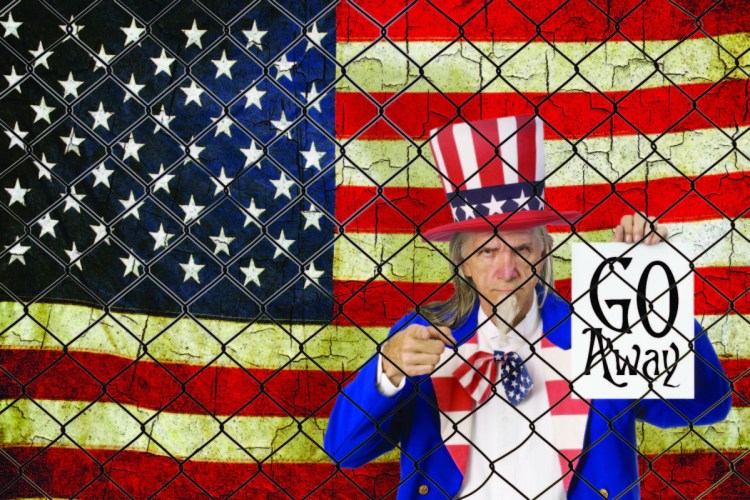Some of my kids who have made it across the Mexican border are carved up. Chunks of their bodies are gone, knifed out of their flesh, simply for refusing to join the drug cartels.
They were told they would be given a second chance to join. They know of others who were killed when they didn’t. So they left their native countries and fled to the United States.
I got to know these young people during my job as an English as a second language teacher and department chair at William Amos Hough High School in Cornelius, North Carolina, from 2013 to 2015. I remain in touch with many of them through social media and in-person meetups. I am something of a “stateside mother.”
Many Americans believe the immigrants coming to the United States seeking asylum are just looking for better opportunities. Others think that even those fleeing violence are not our problem. This ignores both the reality of these immigrants’ lives and the key role the United States has played in creating the conditions that cause them to flee.
In Mexico and Central America, precious few jobs pay anything resembling a living wage. In Guatemala, for example, many jobs pay less than $4 a day for work in dangerous, unsanitary conditions. These jobs include picking produce for American companies like Chiquita.
The other option for work is with the cartels, which exist to sell drugs to American citizens. We demand, they supply. Our drug-hunger supports the groups that are slicing and dicing kids.
Underlying these realities is the dark history of U.S. involvement in Latin American politics. In the 1950s, fearing that newly elected Jacobo Arbenz, an advocate for liberal democracy, would incite the spread of communism, and spurred by lobbying by United Fruit Co. (today Chiquita Brands International), the CIA installed a military dictatorship in Guatemala.
That dictatorship went on to imprison, torture and kill political opponents and indigenous peoples over nearly four decades of civil war. The death count is estimated at more than 200,000. In the 1960s and ’70s, the U.S. government supported the Guatemalan military with $33 million, despite knowing that its members engaged in the torture and assassination of people – including entire villages of Mayans – suspected of being communists.
The notoriously violent Mexican cartel, the Zetas, was created by former elite Mexican soldiers who, in the 1990s, were trained at Fort Bragg, North Carolina, in counter-insurgency and counter-narcotics tactics.
Jennifer Harbury, a lawyer and human rights activist, says the members of these U.S.-trained militias essentially “changed their uniforms and became the head of the cartel groups.”
And so the people in these countries, faced with a choice between joining the drug cartels that the United States helped create or being killed, choose option three: running for their lives. This is the lived experience of the young people I have taught and loved, teenagers who have borrowed and saved pennies to pay a coyote, who have walked across deserts, witnessed rapes and lived through torture to get to the United States. I know their stories are true. I’ve seen the rough stitched flesh. I’ve held the pictures of siblings in coffins.
I offer two observations:
First, contrary to the fearmongering of many in the United States, the immigrants who make it here are the ones who have risked everything in order to avoid drugs and violence.
Second, the underlying causes of the violence they are escaping is a trail of blood and culpability that can be traced right back to the United States. We owe them more than incarceration and a tinfoil blanket.
Send questions/comments to the editors.



Success. Please wait for the page to reload. If the page does not reload within 5 seconds, please refresh the page.
Enter your email and password to access comments.
Hi, to comment on stories you must . This profile is in addition to your subscription and website login.
Already have a commenting profile? .
Invalid username/password.
Please check your email to confirm and complete your registration.
Only subscribers are eligible to post comments. Please subscribe or login first for digital access. Here’s why.
Use the form below to reset your password. When you've submitted your account email, we will send an email with a reset code.